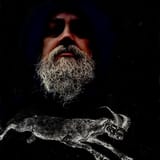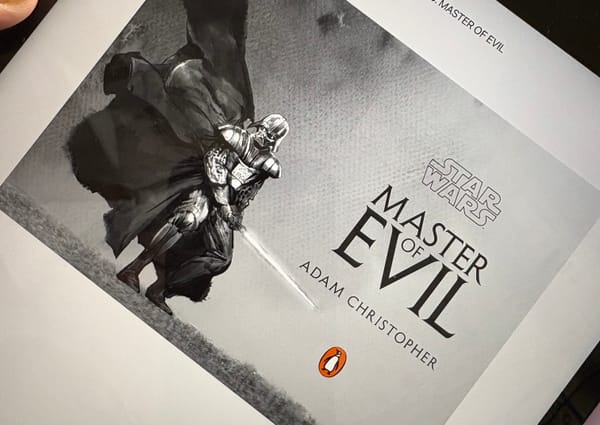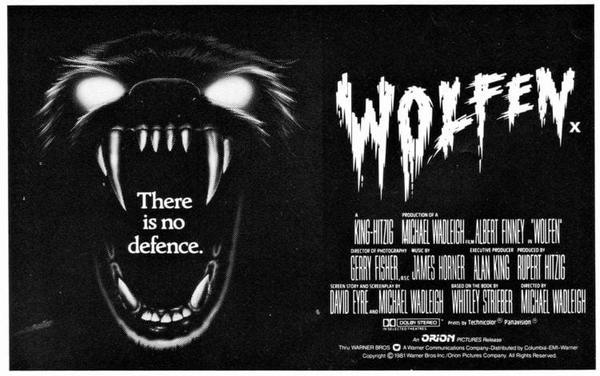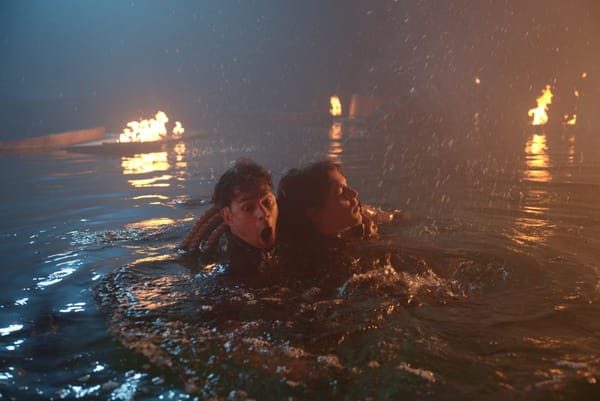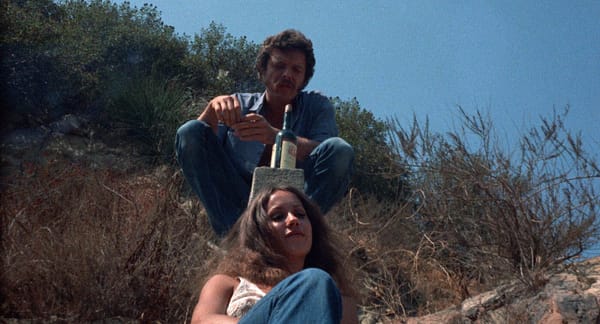Mapping the Interior
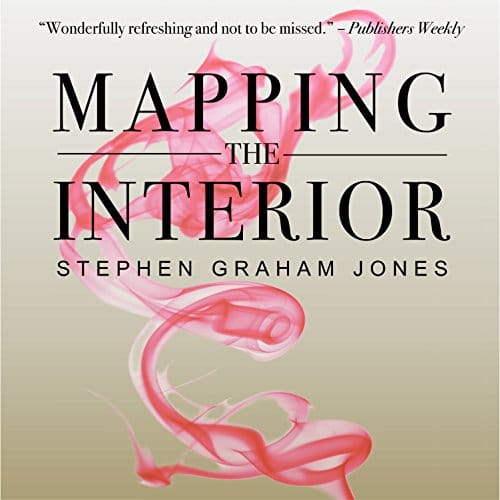
Stephen Graham Jones is one of the best contemporary authors of genre fiction. Don't ask me, just do a search and see the illustrious list of names of literary favourites who have praised his very unique and personal writing. The first of his books that I read was 2020's "The Only Good Indians," which won both Shirley Jackson and Bram Stoker awards, and it really is that good, a haunting piece of fiction that launches several fists into your face and gut and leaves you laying bloodied in the snow while it sits besides you and tells you its story.
Jones is also a Native American, and writes many of his stories out of that perspective. I went back recently and read one of his older works, a novella from 2016 named "Mapping the Interior." It's both a lyrical and metaphorical title; the story tells of a Native American teenager who lives with his mom and his younger brother in a modular home (over here we call them prefabs). His father died in a supposed car accident several years prior, so we have somewhat of a traditional American poor family where the mom is constantly working to provide for her family, while the older kid looks after his brother, who has a condition that causes seizures and is often bullied by the other schoolchildren.
However, this slice of a classic trope is suddenly flipped 180 degrees when the older brother sees his father briefly walking across the living room floor. This kicks off an investigation as he looks around every inch of the house seeing where his dad might have been (hence the title), and with his changed appearance, where he looks like a fancydancer, something the dad aspired to be but never reached his goal. But while it initially feels like there might be a relationship story here, we realise this is a Stephen Graham Jones story and it quickly descends into horror on emotional and literal levels.
What Jones is so good in his writing is establishing the world quickly, so you feel by the second or third chapter that you've known these characters all your life. So it's easy to fall into the story and be not only captivated but also emotionally involved, to the point where the ordeals they go through are painful to read about, as well as being often thrilling and sickening. The older brother finds himself underneath the house in the crawlspace, where it seems like something has a presence both physical and metaphysical. A battle takes place here between the brother and a quartet of bloodthirsty dogs that belong to the asshole next door neighbour, and the result is not only fascinating but also adds another section of orange ready to be unpeeled, but only when Jones says so.
He finds a connection between his little brother's condition and his dad's appearance, and it comes to a head in perhaps the most horrifying image in the book, where the dad is in a kind of vampiric mode and is leaned over the younger brother's body, and he turns to face the older brother who's just caught him, his eyes shining in the light. Ugh, just thinking about it makes me shiver.
Jones' resolution to the narrative is wholly unique and fascinating, bleeding right out of both his and the characters' Native American heritage and providing a thematically consistent climax. As I said earlier, "Mapping the Interior" is a novella that runs little over one hundred pages, but I'm not convinced that's the primary factor behind me reading through it in one night. It's thrilling, scary, funny, wet, and just plain weird, and I couldn't ask for any more.
